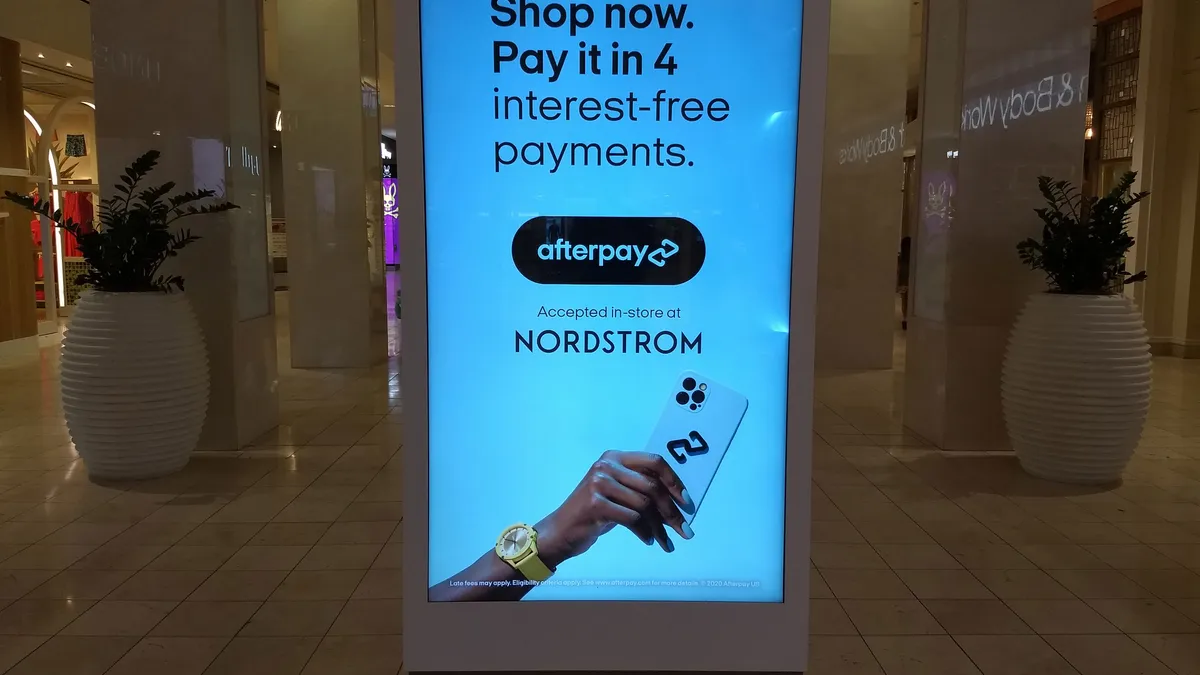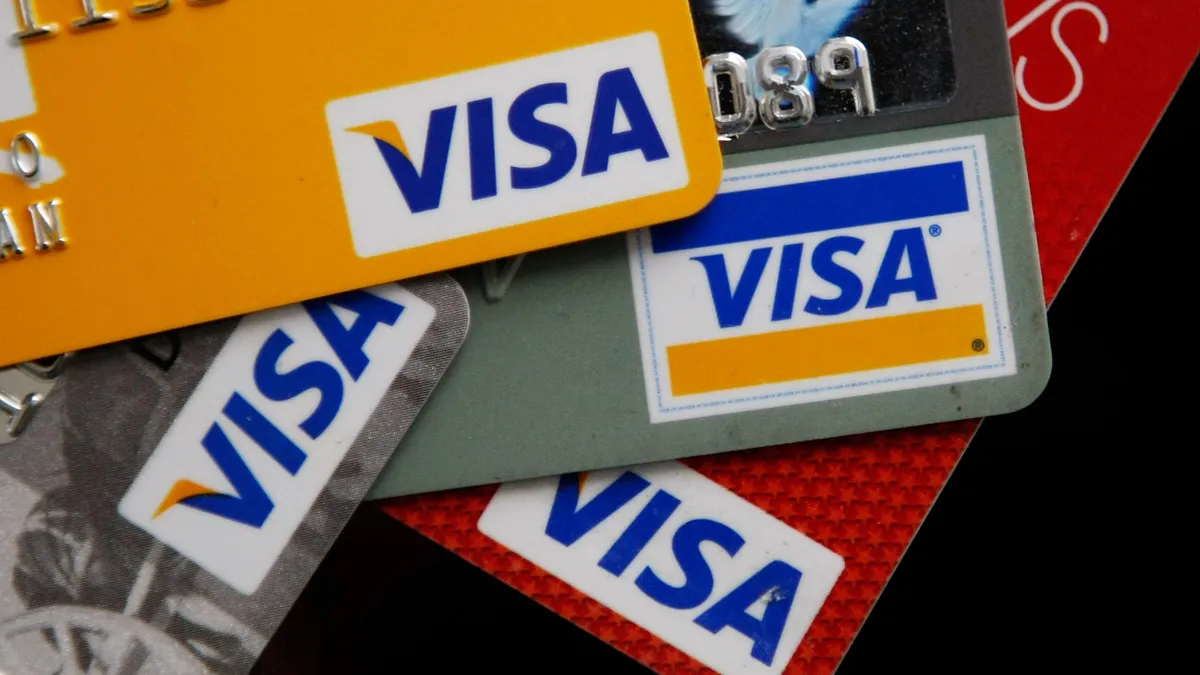Dive Brief:
- About a fifth of consumers used buy now, pay later services to pay for at least one transaction between January 2023 and January of this year, according to results of a quarterly survey by the Federal Reserve Bank of Philadelphia. That percentage rose to 19.9% in Q4 2023, from 17.7% in Q4 2022.
- The majority (78%) of BNPL users made their payments on time in Q4 2023, up from 71.7% a year prior. While 17.6% of respondents said they were late on some of their payments in the fourth quarter of last year, 4.5% didn’t make their BNPL payments at all, the survey found. Both figures were lower than a year ago.
- In Q4 2023, nearly a third (30.1%) of BNPL users reported earning $70,000 or more. Sixty percent of BNPL users said they experienced some sort of disruption in their lives last year, whether that was a natural disaster or loss of government benefits. That percentage was higher than for non-BNPL users (48.1%).
Dive Insight:
The Philadelphia Fed survey offered some demographic insights about the BNPL user base. More than a third of BNPL users (37.8%) were either Black or Hispanic in Q4 2023, down from 40% in Q4 2022. Less than half (48.5%) of BNPL users were under the age of 36, a slight dip from 51.3% a year prior, the report said.
BNPL consumers appear to be more likely to use the service if they are concerned about their finances or can’t afford their current expenses, the Fed noted in its report. More than a fourth (26.9%) of BNPL users said they couldn’t pay some of their bills in January 2024, a larger proportion than the 22.6% of non-users who said the same. Nearly half (45.9%) of BNPL users reported being concerned about their finances in the next six months, a bigger proportion than the (30.5%) of non-BNPL users who said the same.
“Unlike previous CFI surveys about this topic, this series asked participants specifically about their use of 4-in-6 products, rather than buy now, pay later (BNPL),” the Philadelphia Fed report said. “This definitional change was employed to avoid confusion among participants, since BNPL has been used to describe a wide range of products and can introduce definition creep.”
Additional research from the Federal Reserve Bank of New York adds more context to the financial precarity of BNPL customers. In its report released this month, the New York Fed reported that roughly six in 10 “financially fragile” BNPL users have relied on the service five or more times in the past year. By contrast, only a fifth of financially stable BNPL users transacted via these services five or more times last year. Similarly, 48.1% of BNPL users were concerned about being able to pay their bills, but only 31.5% of respondents who don’t use BNPL services said the same, the survey found.
As consumers tap BNPL providers to stretch their budgets, state and federal regulators are taking a closer look at the industry’s impact. Last month, New York Gov. Kathy Hochul said she is proposing a bill that would require buy now, pay later services to be licensed by the state. Requirements imposed by the legislation could lead some BNPL companies to pull their operations in New York, attorneys said.










